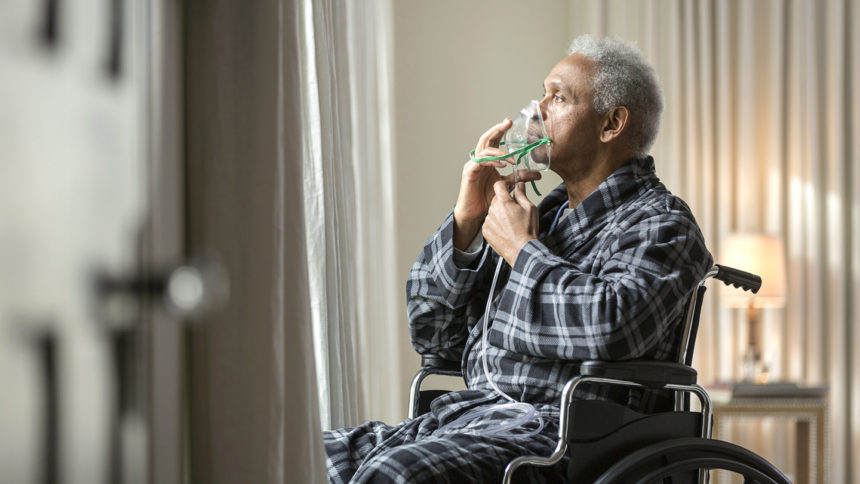
Nursing homes that treat a large share of low-income Medicare patients have such high margins that they don’t need a bonus payment to help maintain access, a panel that advises Congress on Medicare policy said Thursday.
Staff with the Medicare Payment Advisory Commission set out to identify safety-net providers for short-stay patients covered by Medicare in both the skilled nursing and home healthcare sectors. But when they looked at payments made to those providers, they found average margins actually exceeded those of other skilled nursing providers.
That raises “further questions about the care the program is buying,” said MedPAC Principal Policy Analyst Kathryn Linehan. She guessed that reducing staffing or higher bed counts could allow providers caring for the low-income population to maximize their profits and said staff would be examining the relationship between size, financial performance, cost-per-unit and the amount and mix of care provided to low-income Medicare beneficiaries.
For now, though, staff said they were “ruling out” recommending safety net payments like one the commission previously embraced for hospitals serving a large share of low-income Medicare patients.
“If future analysis reveals systematic quality or utilization differences for low-income or other vulnerable populations, we will assess potential policy remedies,” Linehan added. “The high margins in the SNF and home health sectors suggests that funding for any new policies could be provided by redistributing payments in the sector rather than through increases in the sector’s Medicare payment rates.”
She later clarified that such targeted payments could come through a quality incentive program or by tweaking the case-mix adjustments to better capture specific patient factors — rather than as an add-on to a base rate.
Commission members largely endorsed that stance after reviewing the findings.
“The idea of a safety-net index the way we did it in the other areas is probably not what this data supports,” MedPAC chair Michael Chernow said.
Commission member and Harvard Medical School health policy expert David Grabowski, PhD, called the findings “counterintuitive.” He urged staff to dig deeper into factors that could account for inflated margins in nursing homes, particularly potential understaffing.
“I would assert there are safety net nursing homes, or resource-poor nursing homes out there. They just aren’t the ones caring for greater numbers of [low-income, short-stay] Medicare patients,” Grabowski said, predicting that a review of all patient days regardless of payer would reveal different statistics. “I’ll be really interested to see what your work teases out with those most-profitable SNFs having the greatest share of [low-income] patients.”
He and other commission members cautioned that the findings applied only to Medicare stays, and that the data could lead to different interpretations when viewed by providers who care for low-income residents during longer Medicaid-covered stays. But MedPAC shapes only Medicare-related policy.
“Nowhere more than here is it harder to stay in our Medicaid lane,” Chernow said. “Other sectors’ safety-net work was complicated, but it kind of played out the way you thought it did. Here it plays out in a way that is not particularly satisfying…. There are a lot of places where Medicare beneficiaries … are not necessarily getting the quality of care or the access to care we want them to get.
“The problem is a lot of that is for services or other things that [are] not in the Medicare side of things,” he added. “We’re going to have to grapple with how to deal with this uncomfortable connection between the [Medicare and Medicaid] programs.”



